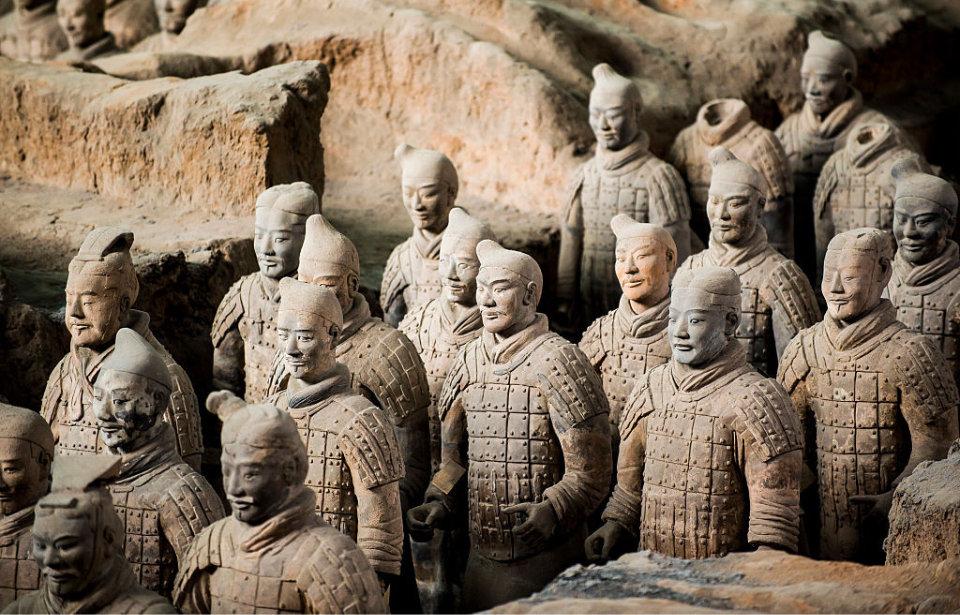When Chinese farmers started building a well in 1974, they couldn’t have known they would discover the most significant archaeological findings in history. The site’s importance lies in the mystery surrounding its contents, which remained buried for millennia before their discovery. What they found was the burial site of Qin Shi Huang, China’s first emperor, and the astounding Terracotta Army.
Qin Shi Huang
Qin Shi Huang, born Ying Zheng, is credited with unifying the warring states of China and turning them into a single state. He ruled it as the first emperor of China from 221 BCE to 210 BCE. During this time, he made many changes throughout the country, both economically and politically. His rule was certainly divisive. While he did many good things for China, such as public works projects, he was also a tyrant.
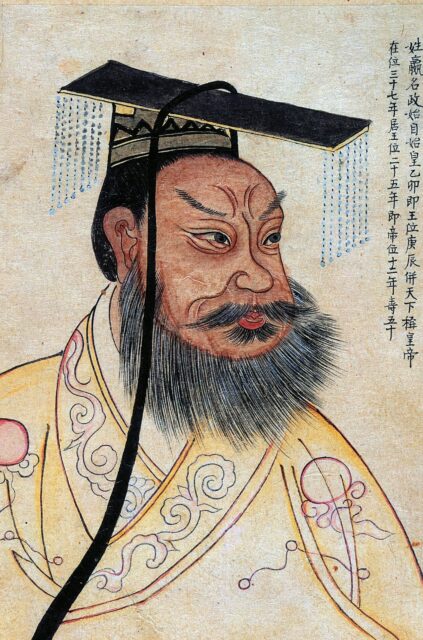
It was well documented that he was a strong believer in implementing a single philosophy throughout the country. As a result, he burned books that went against this and had no problem killing scholars who studied or promoted external ideas. For all his problems, however, he did leave behind many fantastic archaeological feats when he died, including the Great Wall of China and his astounding burial site.
An unlikely find
The farmers who discovered the burial site were digging to try and make a well in the middle of a drought when they hit a patch of red earth. Curious, they kept going. They found bronze arrowheads and many life-sized terracotta heads. It was archaeologist Zhao Kangmin who received a phone call one day in 1974 about what the farmers had discovered.
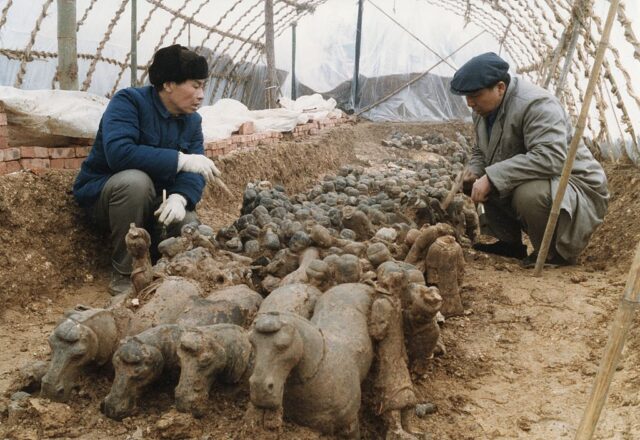
He and one of his colleagues got on their bikes and rode as fast as they could to the site. When they arrived, they were astounded by the discovery, yet it turned out that the farmers had started selling some of the artifacts. Kangmin put a stop to this, and soon the remaining items were in a truck heading back to the museum where he worked. After three days of painstaking work, putting together fingernail-sized fragments, they were faced with two life-sized terracotta warriors.
A massive undertaking
Although Kangmin tried to keep this find a secret from political authorities, this effort proved fruitless. Word soon reached the Communist Party who, much to his relief, ordered that the site be excavated. This was an enormous undertaking due to the size of the burial site. In a few months of digging, 500 warriors were uncovered, but this number would soon grow into the thousands, spread across a vast area.
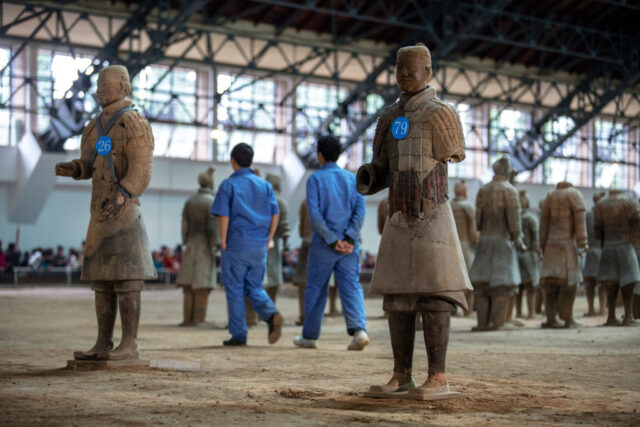
The space is divided into a necropolis estimated to be 38 square miles, and a separate tomb measuring roughly 100 by 75 meters. Four pits in the necropolis have been excavated, although one was empty. Given the scope of the project, a museum was opened before the excavations were complete.
Terracotta Army
Known as the Terracotta Army, the life-sized statues found at the burial site are by far the most astounding feature. Alongside over 8,000 warriors are numerous other figures. These include 520 horses with 130 chariots and 150 cavalry horses, as well as musicians, strongmen, acrobats, and court officials. The first pit contains the majority of the warriors, 6,000 in total, standing in what looks like a replica of a palace hallway.
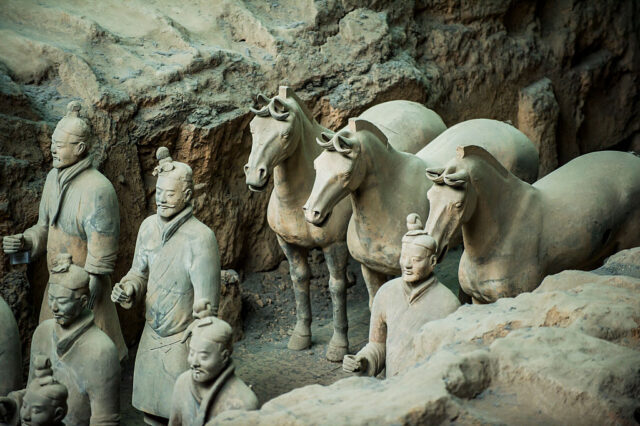
The second pit contains the mounted units, including war chariots and cavalry, while the third is meant to hold the figures designed in the likeness of high-ranking officers who would command this army. The figures are all extremely detailed, with intricate armor and a physical appearance that differs between warriors. They were once painted with different natural pigments, which only would have added to their imposing look.
But why was it built?
A burial site of this scale was obviously built for a reason, but archaeologists don’t really know what that was. The most common theory is that they were meant to defend their emperor in the afterlife. Just as ancient Egyptians were buried with the items they would need once they passed on, Qin Shi Huang might have done the same thing. What better thing to be buried with than an army of over 8,000?
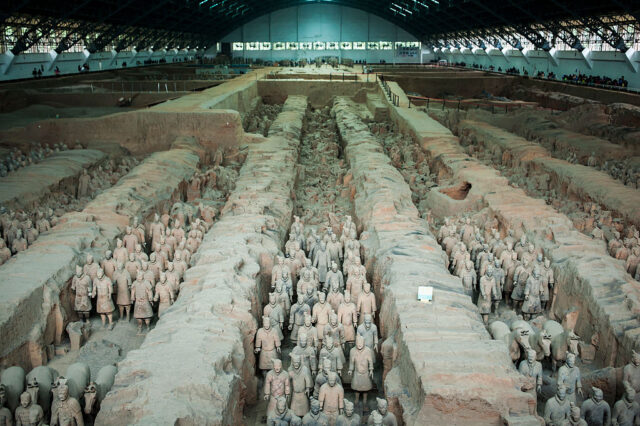
Adding to this theory is the fact that the figures all face east, the direction that Qin Shi Huang’s enemies came from during his lifetime. Another leading theory is that the figures were designed to be replacements for live human sacrifices. Supposedly, it was common during this era in China for servants to be buried with their owners when they died. If the soldiers also fell into this category, the statues might have ensured that the country’s entire army didn’t have to die.
Regardless of the reason for their creation, Qin Shi Huang’s burial site and army are nothing short of incredible. Since its discovery, it has been made a UNESCO World Heritage Site and is open to the public, even if the interior of the burial chamber remains a mystery.
The unopened tomb
As of 2023, the tomb has yet to be opened. It’s quite possible that human eyes have not peered inside since Qin Shi Huang was entombed more than 2,000 years ago. The main reason it hasn’t been opened is due to concerns about potential harm to the tomb and a loss of crucial historical data during the excavation process. Traditional archaeological methods could cause irreversible damage.
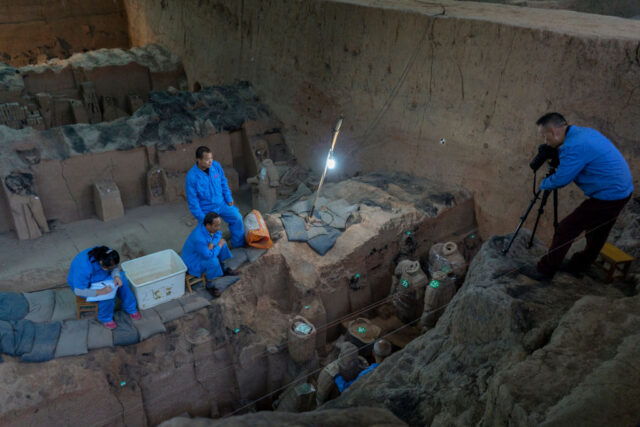
However, an ancient Chinese historian wrote that the tomb was equipped with booby traps designed to kill any unauthorized intruders. “Palaces and scenic towers for a hundred officials were constructed, and the tomb was filled with rare artifacts and wonderful treasure. Craftsmen were ordered to make crossbows and arrows primed to shoot at anyone who enters the tomb. Mercury was used to simulate the hundred rivers, the Yangtze and Yellow River, and the great sea, and set to flow mechanically.”
More from us: Clothing Found In a 350-Year-Old Shipwreck Reveals How the Wealthy Lived
There could be some truth to this far-fetched-sounding claim. Scientists investigating the site found “significantly higher” levels of mercury around the tomb.
